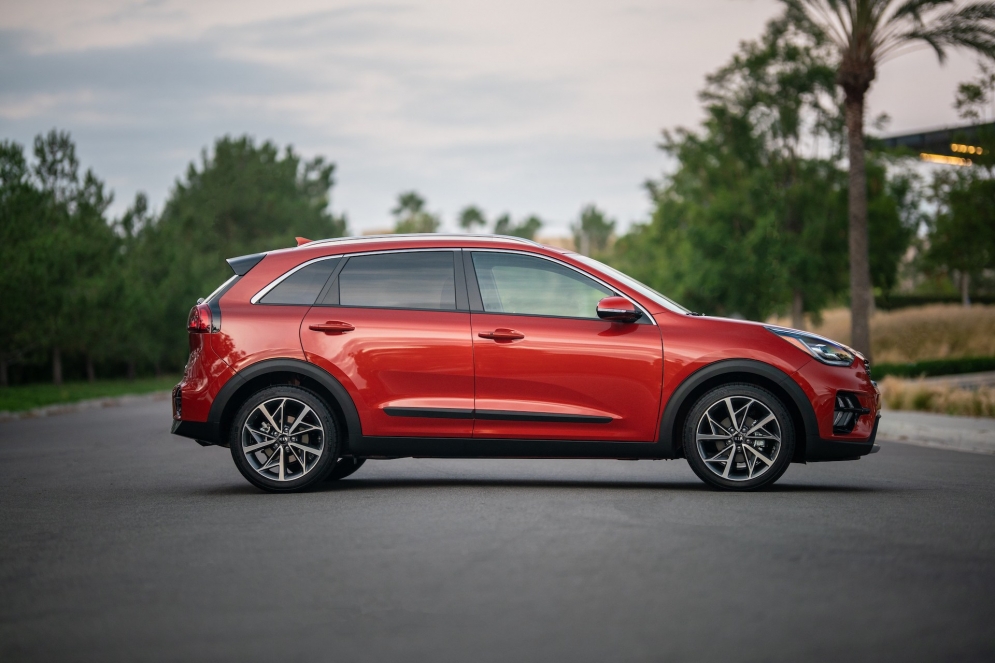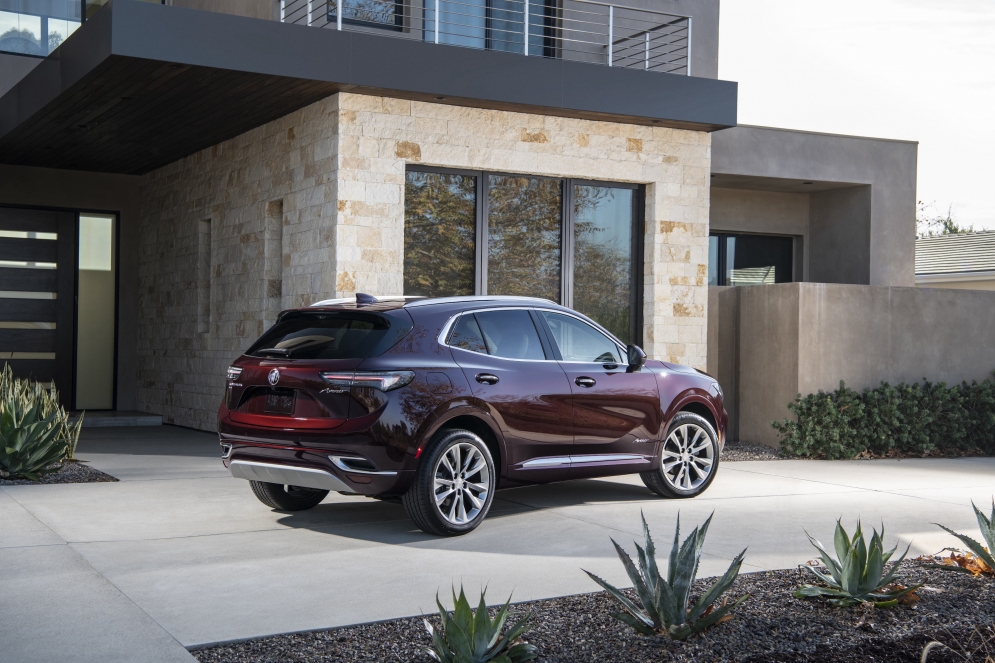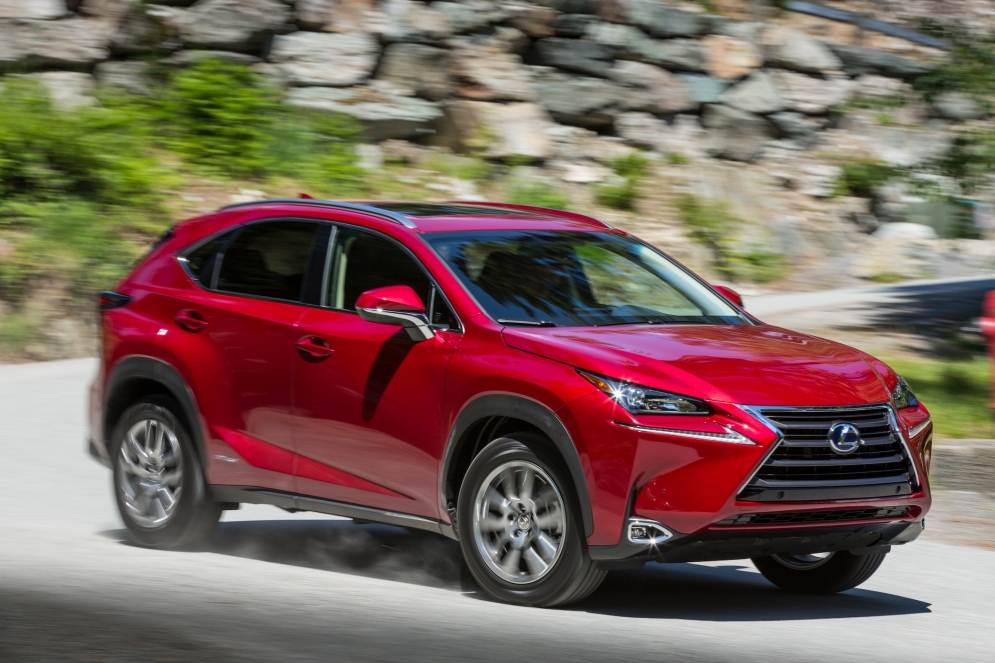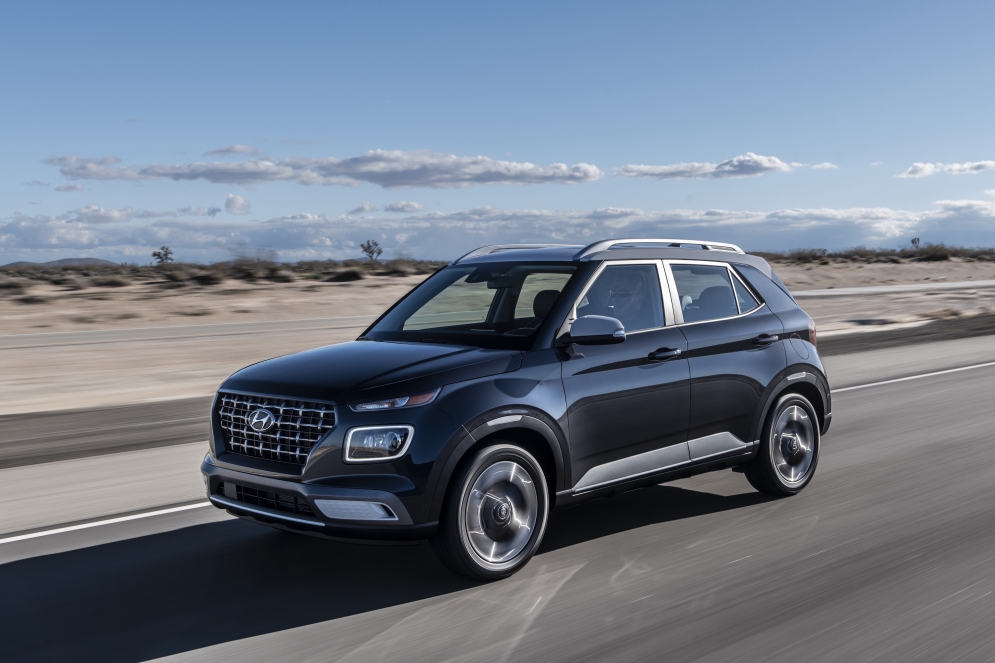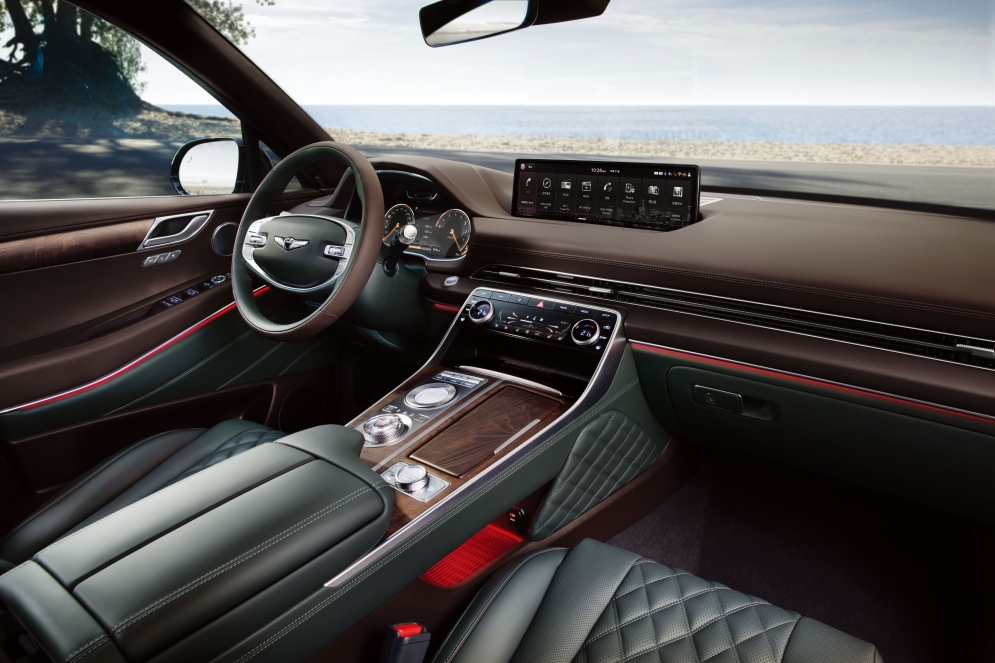Even as all the buzz in the auto industry continues to focus on EVs and going all-electric, hybrids remain a key part of the eco-friendly solutions being offered to car buyers.
Take, for example, the Kia Niro, a compact SUV that’s been around a few years and fits a niche in the hybrid world where there are few competitors.
This tech-savvy model is larger than popular hybrids like the Toyota Prius and Hyundai Ioniq, but also smaller and more affordable than hybrid SUVs like the Toyota Venza and Ford Escape. For 2021, the Niro lineup boosts the quality and quantity of its tech and safety offerings, including inclusion of wireless connectivity for Android Auto and Apple CarPlay.
I recently spent time in a Kia Niro and I’m back with a full report.
Additional Info
- Vehicle 2021 Kia Niro
- Price as tested $34,190 (starts around $25K)
- Best feature Fuel mileage, design
- Rating 3.5 out of five stars
- Who will want this vehicle? Drivers looking for an affordable small hybrid SUV
Straddling the line between more modest SUVs and the luxury world, the Buick Envision finds itself in an interesting position in this vast SUV landscape.
For the 2021 model year, Buick has redesigned this midsize, five-passenger SUV, aiming at those who want something a bit fancier, but without going full luxury in terms of design and price tag — something between a Toyota RAV4 and a Audi Q5.
The Envision sits in the middle of the Buick SUV lineup, between the smaller Encore and larger Enclave. Among the highlights of the redesign are an improved infotainment system, a boost in the number of safety features included, and an updated engine.
I recently spent time in a 2021 Envision, and here is a full report.
Additional Info
- Vehicle 2021 Buick Envision
- Price as tested $45,305 (Price starts around $32K)
- Best feature Attractive design, strong tech and safety features, comfortable ride
- Rating 4 out of five stars
- Who will want this vehicle? SUV buyers looking for something that’s a step up from standard SUVs but not quite in the luxury realm
When the word hybrid comes up, it’s generally associated with efficiency and strong fuel mileage, but rarely is paired with the word fun.
One vehicle trying to change that is the Lexus NX 300h, a luxurious compact crossover hybrid that has the rare combination of being a ride you can enjoy driving while also appreciating its looks and green credentials.
A brand new redesign is coming for 2022, but for now I tested the 2021 model of the NX 300h, and I’m back with a full report.
Additional Info
- Vehicle Lexus NX 300h
- Price as tested $48,745 (starts around $40K)
- Best feature Sharp styling, safety features, fuel mileage, enjoyable drive for a hybrid
- Rating 4 out of five stars
- Who will want this vehicle? Hybrid crossover buyers seeking a responsive, smooth and high-end ride
Compact, nimble and affordable.
Those are the three words that best describe the 2021 Hyundai Venue, a relatively new subcompact SUV offering (it debuted in 2020) that’s a strong fit for city dwellers and those who don’t want or need a larger vehicle.
I recently spent time in a Venue and I’m back with a full report on how it stacks up to the growing number of mini-SUVs on the market right now.
Additional Info
- Vehicle 2021 Hyundai Venue (Denim Edition)
- Price as tested $23,380 (starts at $19K)
- Best feature Affordable, somewhat roomy for the segment, nimble
- Rating 4 out of five stars
- Who will want this vehicle? Folks looking for an affordable, fuel-efficient, smaller vehicle who want something a bit larger than a sedan.
The Genesis name and reputation has been gaining steam in the auto industry over the past few years, starting with the introduction of its first luxury sedans. The upscale brand put out by Hyundai is quickly showing the competition how to get things done.
It was only a matter of time before Genesis put out SUVs. Enter their latest magnum opus, the GV80 midsize SUV — their new flagship vehicle that will no doubt put the competition even further on notice due to its sharp design and overall performance capabilities.
Attractive, powerful, and tech-savvy, it’s hard not to like what the GV80 offers. And few competitors offer as complete a package as you’ll find here.
Additional Info
- Vehicle 2021 Genesis GV80
- Price as tested $58,475 (starts at $48,900)
- Best feature Styling, tech, drive quality
- Rating 5 out of five stars
- Who will want this vehicle? High-end SUV buyers wanting the latest, greatest, luxury offering that blows away many long-standing industry favorites
News Categories
Popular Tags
Search Reviews by Make

AutoTechReviews is your home for In-depth reviews of the latest cars, trucks, and SUVs; information on all the emerging vehicle technology; and breaking news from the world of NASCAR and other motorsports.
